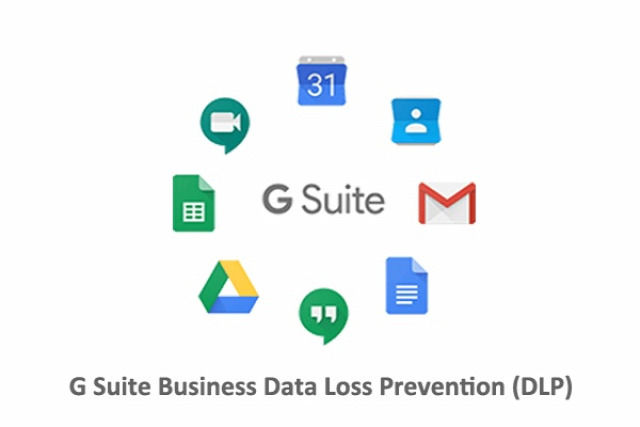In today's digital age, where information is an invaluable asset and data breaches have become all too common, the protection of sensitive data has never been more critical. The Securities and Exchange Commission (SEC), as the guardian of the U.S. financial markets, recognizes the significance of data security. To protect investors, ensure market integrity, and maintain public trust, the SEC has established a comprehensive framework of data security requirements. This article explores the key components of these requirements, their implications for financial institutions, and the broader financial landscape.
The Evolution of SEC Data Security Requirements
Cyber threats have evolved rapidly in recent years, with malicious actors constantly seeking new ways to exploit vulnerabilities and compromise data. In response, the SEC has continually adapted and strengthened its data security requirements to address these evolving challenges. These requirements provide a structured approach to safeguarding financial data in a dynamic digital landscape.
Key Components of SEC Data Security Requirements
-
Regulation S-P - Privacy of Consumer Financial Information: This rule requires broker-dealers, investment advisers, and other financial institutions to establish and maintain comprehensive policies and procedures to protect the privacy of customer financial information. It also mandates the provision of privacy notices to customers and restrictions on the sharing of nonpublic personal information.
-
Regulation S-ID - Identity Theft Red Flags Rule: Focused on preventing and detecting identity theft, this guideline mandates the development and implementation of programs for detecting, preventing, and mitigating identity theft risks, as well as responding to red flags.
-
Regulation Systems Compliance and Integrity (Reg SCI): Applicable to certain market participants, clearing agencies, and self-regulatory organizations, Reg SCI requires the establishment and maintenance of robust systems and controls to ensure the security, integrity, and resilience of technology infrastructure.
-
Cybersecurity Risk Alerts: The SEC issues periodic risk alerts to provide guidance on emerging cybersecurity threats and best practices for enhancing data security. These alerts serve as valuable resources for market participants to stay ahead of evolving risks.
-
Regulation S-K Item 105 - Cybersecurity Disclosures: This rule mandates public companies to disclose material information related to cybersecurity risks and incidents in their filings, including risk factors, management's discussion, incident reporting, board oversight, and disclosure controls.
The Significance of SEC Data Security Requirements
-
Investor Protection: The primary objective of these requirements is to protect investors by ensuring the confidentiality, integrity, and availability of financial information. When investors have confidence in the security of their investments, market stability is reinforced.
-
Regulatory Compliance: Financial institutions operating under SEC jurisdiction must adhere to these requirements to remain compliant. Non-compliance can result in significant penalties and reputational damage.
-
Technological Advancement: These requirements incentivize financial institutions to invest in robust data security measures and risk management strategies, benefiting both the industry and its clients.
-
Market Resilience: A secure financial market is vital for economic stability. The SEC's data security requirements contribute to market resilience, attracting investors and fostering growth.
The SEC's data security requirements underscore the agency's commitment to adapting to evolving cyber threats and safeguarding sensitive financial information. These requirements emphasize the importance of data protection in an era of digital transformation. Financial institutions must prioritize data security to adhere to these requirements, safeguard their customers, and uphold market integrity. Ultimately, the SEC's data security requirements serve as a crucial foundation for securing the future of finance in a data-driven world.


